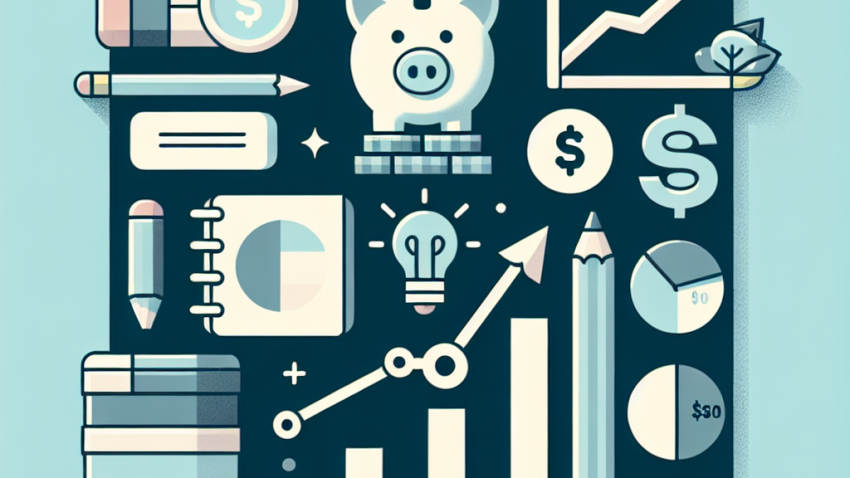
Why You Don’t Need a Finance Degree to Manage Your Investments like a Pro
Why Financial Freedom Isn’t About Being Rich — It’s About Being in Control
Let’s play a little game, shall we? Close your eyes—wait, read this article first, then close your eyes—and imagine what “financial freedom” looks like. Is it a shiny Lamborghini? A penthouse in Manhattan? Swimming pools, private jets, and Instagram captions that say, “Mood: CEO”? Yeah… no.
As someone who’s been in the personal finance space for over a decade—and experienced my fair share of maxed-out credit cards and microwave noodle dinners—I can tell you that true financial freedom isn’t about stacking cash until your mattress resembles a Las Vegas hotel suite.
It’s about control—control over your time, your choices, and your future. Let’s dive into what financial freedom really means and how you can start building it today (no lottery ticket required).
So, What is Financial Freedom? Spoiler: It’s Not Just Having Money
There’s a common misconception that financial freedom means you never have to work again, that you’ll live off your investments in a magical hammock somewhere in Costa Rica while sipping mango smoothies from a coconut. While that’s lovely (seriously, invite me), it’s not quite accurate.
Financial freedom means having enough financial stability to make life decisions without being overly stressed about the cost. This might mean:
- Leaving a toxic job without panicking about next month’s rent.
- Taking six months off to write a novel, travel, volunteer—or do absolutely nothing.
- Living the life you want now, while also planning responsibly for the future.
It’s about autonomy. Freedom. Breathing room. As I like to say: You don’t need to be a millionaire—you just need to stop living paycheck to paycheck on the edge of a financial cliff.
Step 1: Define What “Freedom” Looks Like to YOU
One person’s dream is another’s nightmare. That beach house you think you want? Your best friend might prefer a downtown studio with a barista downstairs. Financial freedom isn’t a one-size-fits-all pair of stretchy pants.
Ask yourself:
- What kind of lifestyle brings me joy—even if it’s simple?
- What work rhythm do I want? 9-to-5? Freelance? Early retirement?
- What material things do I care about, and what can I live without?
Once you define what “enough” means for you, you’ll stop chasing other people’s dreams—and start building your own roadmap.
Step 2: Build a Budget That Reflects Your Priorities (Not Guilt)
I know, I know—“budget” is the broccoli of personal finance. Nobody likes it unless it’s covered in metaphorical cheese. But here’s the thing: budgeting is not about deprivation. It’s about alignment.
A great budget reflects your values, supports your goals, and lets you spend guilt-free on the things that truly matter to you.
The 50/30/20 Rule (With a Twist)
I often recommend a version of the 50/30/20 budget:
- 50% — Needs (housing, utilities, groceries, transportation)
- 30% — Wants (dining out, entertainment, hobbies)
- 20% — Savings and debt repayment
But guess what? You can adjust those percentages to suit your goals. If your idea of freedom includes retiring early, you might reduce “wants” to 20% and bump up savings to 30%. It’s your life. Budget accordingly.
Step 3: Pay Off Debt Like a Boss
There’s nothing that kills a freedom vibe faster than monthly debt payments. Credit card balances, car loans, student loans—they chip away at your options and your peace of mind.
Debt isn’t just a financial burden—it’s emotional dead weight.
My Favorite Debt Payoff Methods
- Debt Snowball: Pay smallest balances first. Quick wins keep you motivated.
- Debt Avalanche: Pay highest interest rates first. Saves the most money long-term.
Either way, schedule your payments like they’re sacred. And don’t forget to celebrate when a balance hits zero—bonus points for champagne and loud dancing.
Step 4: Automate, Automate, Automate
You know that saying “set it and forget it”? Financial freedom loves that energy.
Automation is your silent partner in success. Here’s what to automate:
- Transfers to a high-yield savings account
- Contributions to your retirement accounts (401k, IRA, etc.)
- Debt payments, so you never incur late fees
Even if you’re only saving $50/month, building that consistency will compounding miracles over time. And you’ll feel like a total genius when you check your balance six months from now.
Step 5: Learn to Say “No” (Like, a Lot)
This is probably the hardest part. You see friends going out every weekend. You get invited to destination weddings in Tuscany. Your cousin wants to start a candle business and needs “just” $5,000—uh, what?
Financial independence means choosing long-term peace over short-term pressure.
I’m not saying ditch your social life. I am saying get comfy with boundaries. Protecting your finances may involve turning things down occasionally. That doesn’t make you cheap—it makes you smart. Like, spreadsheet sexy smart.
Step 6: Invest Like a Turtle (Slow and Steady Wins)
When you’re starting out, investing can feel like learning a new language. S&P this, Roth that, what’s a mutual fund again? But you don’t need to be Warren Buffett to grow wealth.
The key is to start small, start early, and stay consistent.
My Favorite Beginner-Friendly Picks
- Roth IRA: Tax-free growth. Great for long-term savers.
- Low-cost index funds: Broad market exposure, minimal fees.
- 401(k) with employer match: Free money. Always take it.
I tell my readers this all the time: Investing isn’t about timing the market—it’s about time in the market. The earlier you start, the easier it gets.
Final Thoughts: Take the Scenic Route (It’s Worth It)
Financial freedom isn’t an overnight express train. It’s more like one of those cross-country road trips where the car breaks down, the snacks run out, and the playlist gets stuck on 2003 Beyoncé. But eventually you get to your destination, and trust me, it’s worth it.
The goal isn’t perfection. It’s progress. One budget win. One extra loan payment. One investment deposit at a time. Every conscious decision you make today buys you more choices tomorrow.
So forget chasing “rich.” Start chasing “free”—on your terms.
And remember, if you ever hit a bump and need to vent, growl, or celebrate, I’m right here (probably drinking budget wine and checking my retirement calculator for fun). You got this.
Want to learn more? Visit our About Us page or Contact Us directly for support on your journey to financial independence.


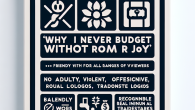
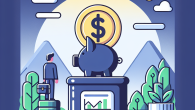

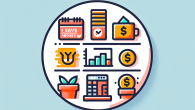
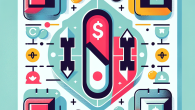

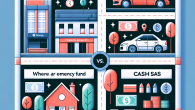
Leave a Reply